Business analytics and reporting, if done well, can provide exceptional insight into your company’s operations, showing opportunities for growth as well as revealing places where the system breaks down. However, analytics and reporting often get confused with each other or misunderstood. We’d like to clear things up by defining analytics and reporting and then outlining the four key differences between them.

Reporting presents data in an accurate, standardized way. It often uses established KPIs or metrics and measures current performance.
Analytics examines historical trends (perhaps from reports) and uses that data to predict trends in the future.
Key Differences
Reporting and analytics differ in four important ways: scope, method, audience, and purpose.
1. Scope
Firstly, analytics and reporting differ in scope. Reporting presents very detailed data, allowing employees to find averages or perform other calculations with a high degree of specificity. For example, a report might show sales figures for each customer during a given amount of time.
Analytics zooms out to analyze patterns and trends. For example, it could show you annual changes in customer demand or product selection, allowing you to anticipate what will come next. It builds on reporting since you cannot analyze trends without recording data in the first place.
In addition, reporting only deals with the past and the present, giving you access to existing data. Analytics, on the other hand, tries to predict what the data will look like at a given time in the future.
2. Method
Reporting and analytics also have different methods. Reporting can range from very simple to very complex and can do anything from consolidating to organizing to manipulating data. Reports can be made into visualizations of various kinds.
Analytics is much more complex than reporting, since it relies on very large data sets as well as sophisticated mathematical models and calculations. It often includes elements of artificial intelligence.
3. Audience
While reporting and analytics can be useful to anyone at your company, especially decision makers, they tend to be most used by different groups—at least at large companies. As a company gets larger and larger, analytics will likely replace reporting more and more going up the organizational chart. This preference for analytics reflects the high-level decisions that C-suite and other executives must make. For example, they do not need to know how much each customer purchased that month, but they do need to know if customer demand usually drops next month.
4. Purpose
As you can see from all the above points, reporting and analytics have very different purposes. Reporting shows the existing state of your business, highlighting certain measurements and KPIs. Analytics, on the other hand, forms the basis of sound business strategy and shows opportunities for optimization throughout your company.
Analytics provides more strategic value, while reporting offers more day-to-day value.
Looking to Improve Your Reporting and Analytics?
Are you looking for a software solution to help you manage your data—for both reporting and analytics? First, you need to have real-time data interfaces and reports. To achieve that, look no further than Interject. Interject integrates your data sources directly with the spreadsheets you use to report or analyze that data. It can provide the foundation for automated reports and centralize your data for later analysis. It uses the familiar Excel interface, so minimal training is necessary. You can even drill down from one level of detail to another no matter where the data are housed.
The experts at Laminin are ready to help you implement and integrate Interject into your business. Our extensive knowledge of software and integration best practices can ensure a smooth transition as you switch systems. Schedule a demo or contact our team today to get started.




